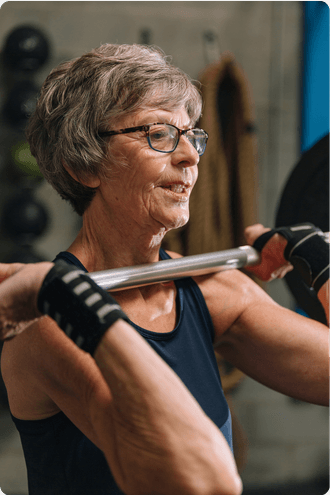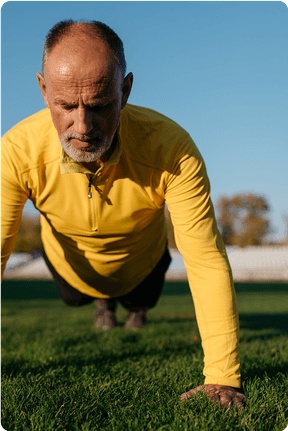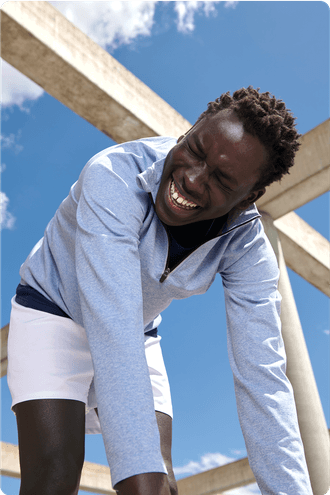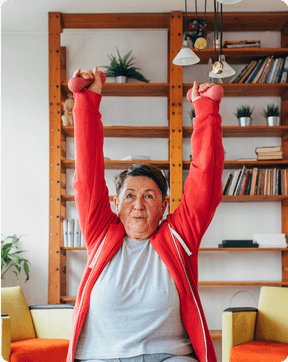
We help you find joyful progress on your own Wellness journey!
Get your personalized training plan now
Your healthy life starts here
Explore our five wellness apps designed to help you achieve your health goals From fitness to yoga, our three wellness apps are made to help you move with purpose.
See AllMuscle Booster
Yoga Go
WalkFit

3+
products
200M
installs
6+
years
700+
wellmakers




















![Nutritional Information About Avocados [Don’t Be Afraid of This High-Fat Superfood!]](https://welltechdev.wpengine.com/wp-content/uploads/2025/04/nutritionlal-information-about-avocados.jpg)




